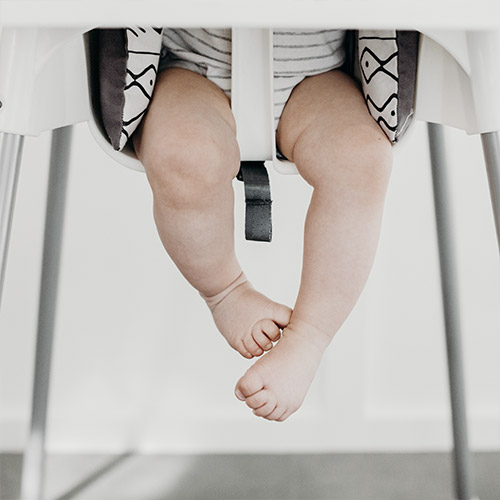Top 5 Tips When Starting Out with Pumping
If you’re new to pumping, it can feel overwhelming trying to figure out where to start. Whether you’re returning to work, preparing for a night away, or simply building a milk stash, the right approach can make all the difference. As an International Board Certified Lactation Consultant (IBCLC), I’ve supported countless parents on their pumping journeys. Here are my top five tips to help you start out with confidence.
1. Ensure You Have the Right Size
One of the most important factors for successful pumping is ensuring your pump flange—the tunnel part of the pump that fits over your nipple—is the correct size. An ill-fitting flange can lead to discomfort, nipple damage, or inefficient milk removal. Pumping should feel like a gentle tug; if it feels like more than this, your flange might be too large.
Most pump brands offer flanges in various sizes or the option to use inserts to adjust the size. Finding your perfect fit often requires a bit of trial and error, but the effort is worth it. A well-fitted flange allows your nipple to move freely in the tunnel without excessive rubbing or too much areola being pulled in. Measuring your nipple and starting with a flange size close to this measurement can be a great starting point, with adjustments made as needed.
To make it easier the LACEVO S70 in Bra Breast Pump Set includes a comprehensive sizing studio with a ruler to help you find the best fit for nipple sizes ranging from 11–24mm. Tools like this make finding the right size easier. If you’re still unsure, reach out to a lactation consultant for personalised advice.
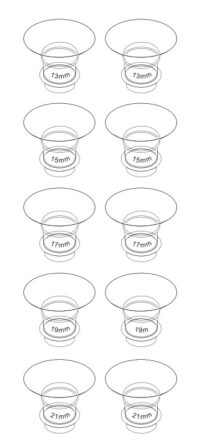
2. Learn How to Use the Modes and Settings
Modern breast pumps often come with various modes and settings designed to mimic a baby’s natural breastfeeding pattern. Typically, pumps have a stimulation mode (short, quick bursts to encourage let-down) and an expression mode (longer, slower cycles to remove milk effectively). Some pumps also offer programmes combining both.
There are no universal “perfect settings”—it’s about personal preference and what your body responds to best. Take some time to familiarise yourself with your pump’s settings by reading the instructions and experimenting. Find a combination of suction strength and cycle speed that feels comfortable and yields the best results. Slowly increase the suction levels to find your sweet spot. Remember, stronger suction doesn’t always mean more milk—comfort is key to efficient pumping.
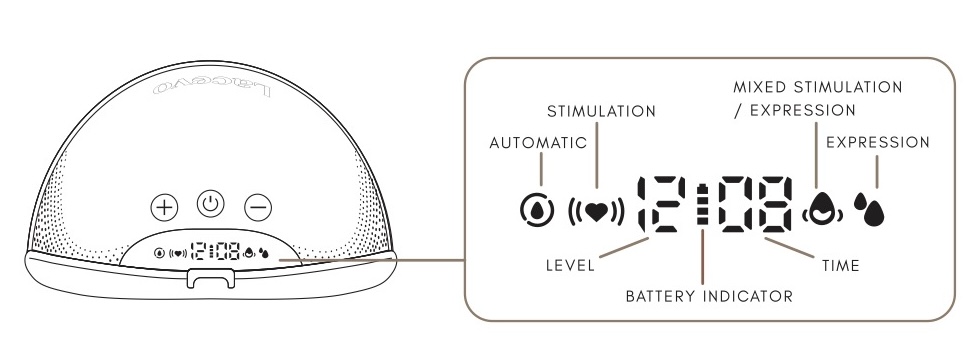
3. Understand Supply and Demand
Breastfeeding and pumping work on the principle of supply and demand: the more milk that is removed, the more milk your body will produce.
If you’re pumping in addition to breastfeeding, it’s normal to express smaller amounts of milk because your baby has already removed some. On the other hand, if you’re replacing a feed with pumping, you’re likely to get more milk as your body responds to the pump instead of your baby.
Milk output can also vary throughout the day. Many parents find they express more in the morning when their supply is naturally higher. Be patient with your body and understand that pumping results can fluctuate due to factors such as hydration, stress, and the time since your last feed or pump. If you’re building a stash, remember that every drop adds up quickly over time
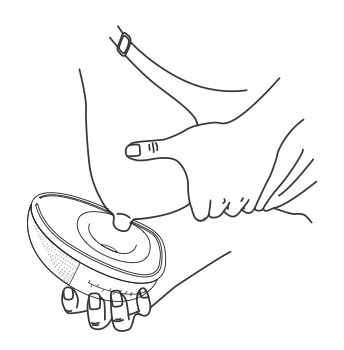
4. Learn How to Clean Your Pump Parts
Proper cleaning of your pump parts is essential for your baby’s safety and your peace of mind. Some parents use the ‘fridge hack’—storing pump parts in a sealed bag in the fridge between sessions—and wash them every 24 hours, while others prefer to wash them after every use.
To clean your pump parts, rinse all components that come into contact with breast milk in cool water to remove residue. Then wash them in hot, soapy water and allow them to air dry on a clean surface. It’s a good idea to clean your sink or use a dedicated container to wash the parts to avoid contamination.
Some parents opt to sterilise pump parts periodically, particularly for babies under three months or those with compromised immune systems. Always check your pump’s manual for specific cleaning recommendations, as not all parts can withstand high heat.
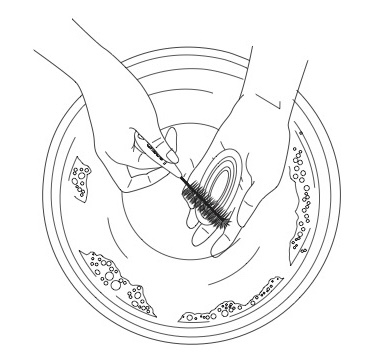
5. Learn How to Safely Store Your Milk
Once you’ve expressed milk, proper storage is crucial. Follow these general guidelines:
- Use clean, food-grade containers or breast milk storage bags.
- Label each container with the date and time of expression.
- Refrigerate milk within four hours if it’s not being used immediately. Fresh milk can be stored in the fridge for up to four days.
- Freeze milk in small portions to reduce waste. Breast milk can be stored in the freezer for up to six months, or up to 12 months in a deep freezer.
- Thaw frozen milk in the fridge overnight or by placing the container in a bowl of warm water. Never microwave breast milk, as this can create hot spots and destroy valuable nutrients.
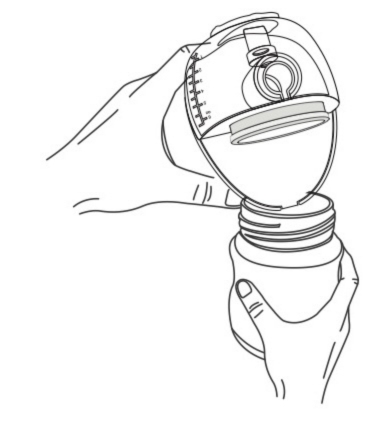
Starting your pumping journey can feel like a steep learning curve, but with the right knowledge and tools, it’s less intimidating and easily becomes part of your routine. By ensuring your equipment fits well, mastering your pump’s settings, understanding milk supply dynamics, maintaining clean parts, and safely storing your milk, you’re setting yourself and your baby up for success.
If you need personalised support or have questions about pumping, don’t hesitate to consult an IBCLC experienced in pump. Your breastfeeding and pumping journey is unique, and seeking help along the way is perfectly okay.
Written by Kate Bird, an International Board Certified Lactation Consultant at Little Bird Lactation.




